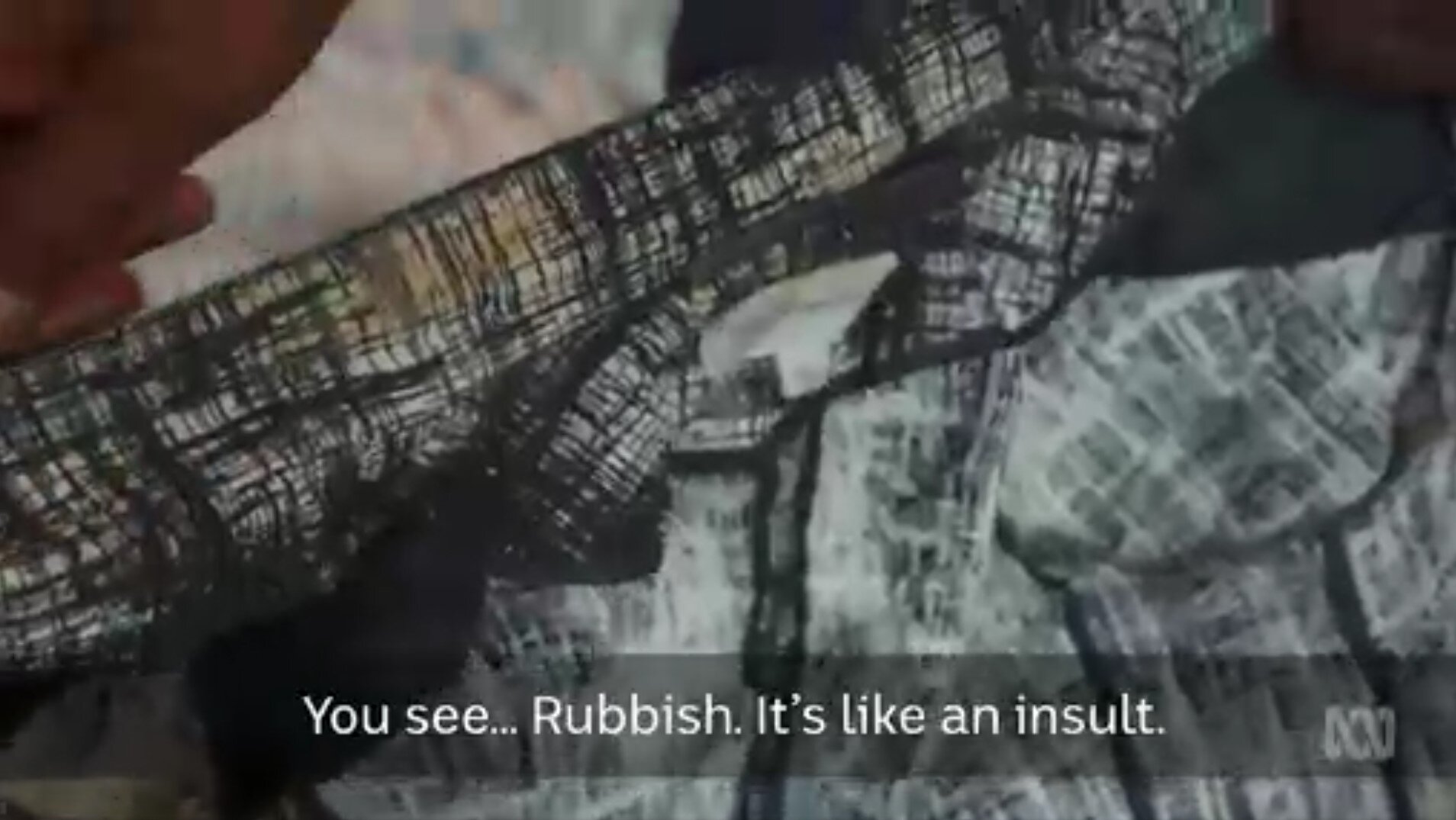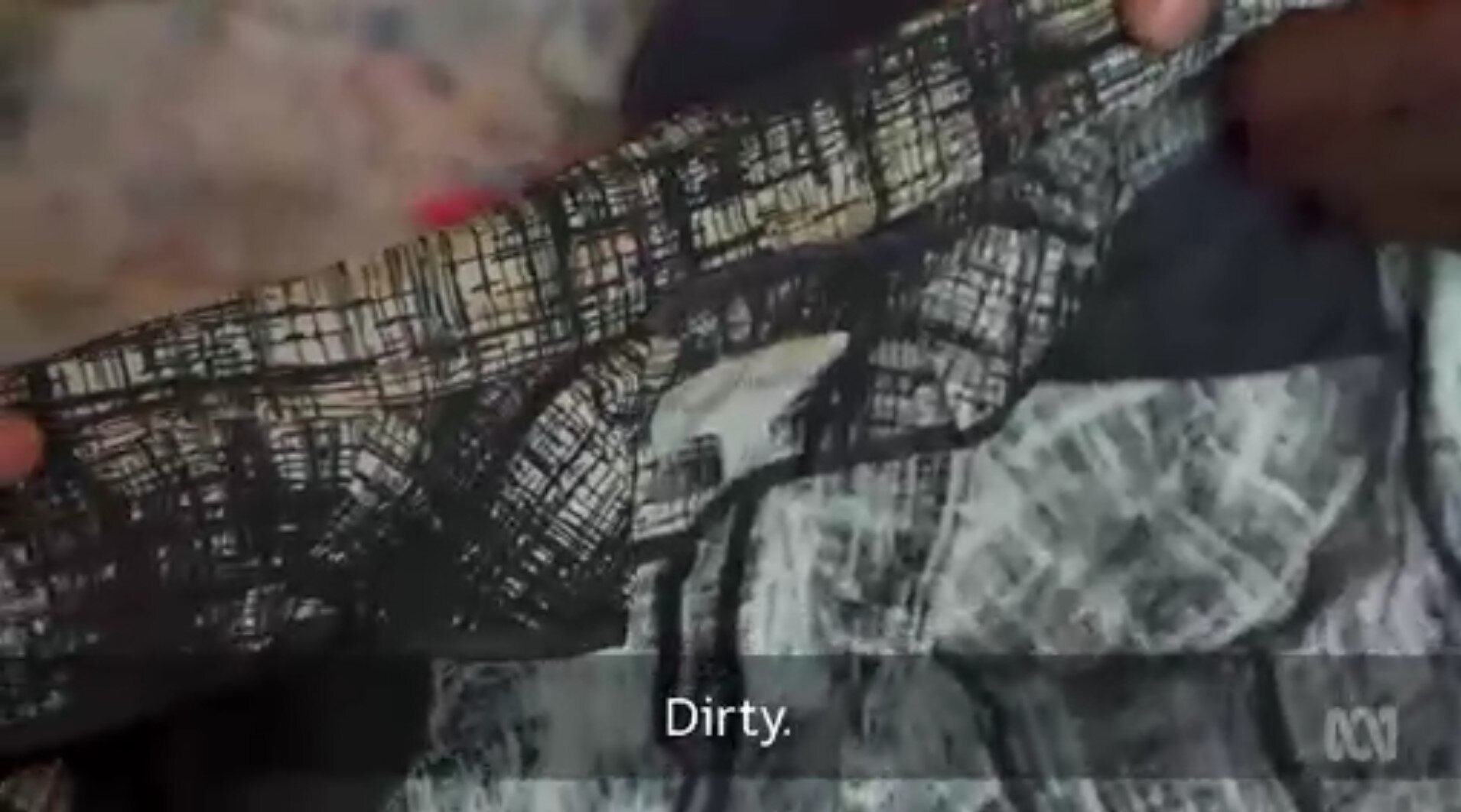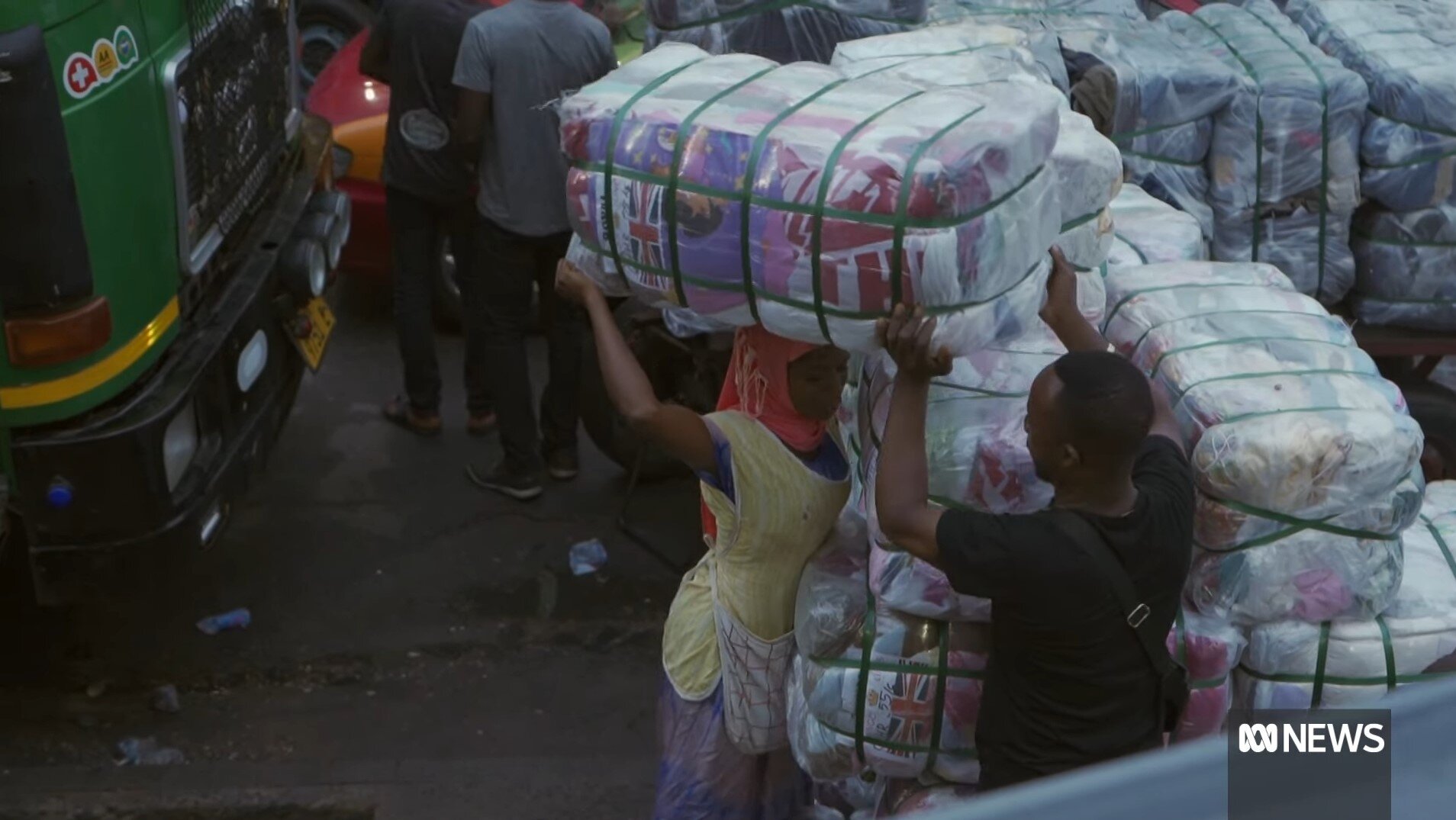Image credit: Thomas Ashlock
Consumers, activists, and regulators are increasingly concerned about environmental and ethical standards. The global fashion industry has been under pressure recently, and the demand for transparency and accountability is increasing. International movements, regulations, and initiatives strive to drive the industry to adopt more sustainable practices. However, challenges such as greenwashing complicate consumers' decision-making process as the industry issues persist.
According to the International Labour Organisation, in 2022, there were 50 million people in modern slavery. Additionally, the billion-dollar global garment industry is powered by an estimated 60 million workers, many of whom work in indecent conditions, for long hours, and earn wages that do not cover the essential cost of living. Notably, 80% of these workers are women.
Image credit: Hermes Rivera
The global movements that advocate for equality, human rights, labour laws and transparency are increasingly gaining momentum. Their main goal is to give consumers more information about the value chain of the fashion industry and show how (often) these value chains do not align with the high environmental and social expectations. Consequently, the movements hope to encourage brands to adopt more ethical and sustainable practices. Some examples of these movements and initiatives are:
Modern Slavery Act 2015 (UK), which was passed in 2015. Its main goal is to combat modern slavery, human trafficking, and forced labour, seeking to enhance support and protection for victims. One of its key features is the "Transparency in Supply Chains", which requires companies operating in the UK to report annually on the steps they are taking to identify and address modern slavery risks in their supply chains to ensure that companies take accountability for the labour practices of their suppliers and at the same time to empower consumers to hold businesses accountable.
The Modern Slavery Act 2018 (Australia) came into effect in 2019. It combats modern slavery practices by promoting transparency and accountability in supply chains. Large businesses and organisations operating in Australia with an annual turnover of AUD $100M must report on the risks of modern slavery in their operations and supply chains and their actions to address them. This Act encourages businesses to analyse their supply chains and ensure ethical labour practices.
Fashion revolution movement was founded after the Rana Plaza disaster in 2013, where more than 1000 workers died due to unsafe working conditions. Since then, it has become the world’s largest fashion activism movement. The main aim of this movement is to advocate for a “global fashion industry that conserves and restores the environment and values people's overgrowth and profit”. They focus on helping people recognize that they can do something to create positive change by celebrating fashion rather than attacking or boycotting specific companies. How specifically do they do that? They made a platform to raise awareness for an annual event called Fashion Revolution Week, where they bring activists together. Additionally, with the hashtag #whomademyclothes? They aim to raise awareness and prompt people to tag brands asking this question.
Remake unites allies across the fashion ecosystem such as creatives, influencers, unions, legislators, brand executives, and garment workers to take actions and collectively fight for change. This action-focused movement aims to bring equity and sustainability to the fashion industry. They have been successful in dismantling exploitative loopholes and placing millions of dollars back into the hands of garment workers.
Walk Free is an international human rights group determined to eradicate modern slavery, in all its forms. Their pioneering research on the subject and advocacy reinforces the need for strengthening systems through strong governments, committed international communities and operations to hold these systems in place. Significant aspects of their remit are to make modern slavery socially unacceptable and eradicate slavery from all supply chains including fashion.
The Clean Clothes Campaign is a global network founded in 1989 in the Netherlands that aims to improve working conditions in the clothing industry. It collaborates with NGOs and promotes transparency and safe working conditions. It runs in several regional coalitions that focus on their specific problems and develop the most effective strategies to solve them.
Transparency Pledge was launched in 2016 by nine global unions and labour rights organizations. The idea behind it is that it calls on brands to share information about their supply chains, including the names and addresses of their factories. Companies such as H&M, Adidas, and Nike have signed the pledge, committing to greater transparency.
The International Accord is an agreement between global fashion brands and trade unions whose aim is to ensure workplace safety and that labor rights in the garment industry are respected. It prioritizes fire, building, and electrical safety inspections, worker training, and remediation efforts to improve working conditions and empower workers in the global garment supply chain. This initiative reflects a commitment to corporate responsibility and protecting workers' rights across the industry.
Senate Bill 62 in California: This legislation in California aims to improve conditions for garment workers by holding fashion brands accountable for labour violations within their supply chains. It was passed in 2021, and it eliminates piece-rate pay, a system that often led to workers earning below minimum wage, and instead guarantees an hourly wage. It also introduces joint liability for wage theft, meaning that fashion brands can be held responsible if their contractors fail to pay workers fairly. Its main goal is to strengthen labour protections and ensure that brands cannot be held accountable.
The work of these and many other initiatives around the world shows that there is still a very strong need for transparency and ethical reform in the fashion industry’s value chain. It’s a crucial step if we want to hold brands accountable for ethics in their supply chain operations. As customers are increasingly aware of these issues, hopefully enough momentum will be generated to change the circumstances through legislation or through customers’ demand for brand transparency.
A report by the Fashion Transparency Index in 2023 revealed that there has been some progress, however there are still many brands that do not show full accountability. Two hundred fifty of the world’s largest fashion brands were assessed, and the average transparency score was 26% (2% more than the year before). This report also mentions that 94% of major fashion brands do not show what fuel is used in the manufacturing of their clothes, and 99% do not show the number of workers in their supply chain being paid a living wage (Fashion Revolution,2023). These statistics highlight the need for continued pressure on consumers to push the industry towards greater openness – information is power. Not only does transparency help consumers make informed decisions, but it also allows for better monitoring and enforcement of ethical and sustainability standards.
Article by Maria G.
Maria has a big interest in marketing and how trends shape customer behaviour, one of those trends being sustainability and the different initiatives around it.



























